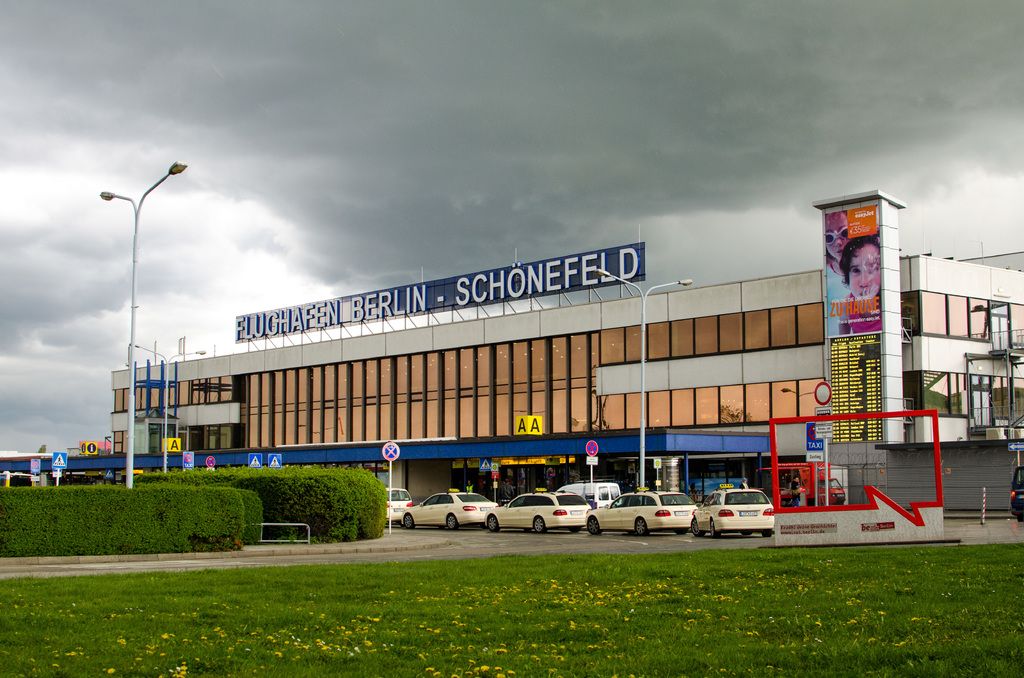Compared Flight Performance: ATR 72 vs. Bombardier Q400 Regional Turboprops Go Head-to-Head
Going Head-to-Head: ATR 72 versus Bombardier Q400 - The Ultimate Turboprop Showdown
In the world of regional aviation, the ATR 72 and Bombardier Q400 are two powerhouses that frequently duke it out for dominance. Both aircraft are celebrated for their superiority in efficiency, reliability, and comfort on short-haul flights. For airline operators seeking the ideal turboprop for their routes, these two models are often the main contenders, each possessing unique strengths tailored to particular operations.
Let's dive into the nitty-gritty and examine their specifications, performance, economics, and passenger experience to help both aviation fanatics and industry professionals appreciate what truly sets these turboprops apart.
Key Specifications: ATR 72 vs. Bombardier Q400
Here's a quick rundown of the primary technical specifications of these aircraft:
| | ATR 72 | Bombardier Q400 || ---|----------------------|----------------------|| Seating Capacity | Up to 74 | Up to 90 || Range | Up to 1,500 km | Up to 1,900 km || Cruise Speed | 515 km/h | 567 km/h || Payload | 9,200 kg | 8,800 kg |
Performance Comparison
1. Fuel Efficiency
The ATR 72-600 sets the bar high when it comes to fuel efficiency, consuming less fuel per seat-mile compared to the Q400. This makes it a top choice among airlines working shorter routes with minimal passenger demand, where operating costs are a paramount concern.
- ATR 72: Thoughtfully optimized for short sectors of up to 1,500 km with minimal fuel consumption.
- Q400: Although slightly less fuel-efficient, it compensates with a higher speed and versatility for longer distances.
2. Speed and Range
In the speed department, the Q400 takes the lead, boasting a higher cruise speed and extended range. For airlines needing quicker turnaround times or serving routes of up to 1,900 km, the Q400 is typically the preferred aircraft.
- ATR 72: Ideal for short hops where speed is less critical.
- Q400: Perfect for connecting regional hubs and cities situated further apart.
Operational Versatility
Both aircraft are designed for regional markets, but their operational strengths differ:
ATR 72: The Efficient Workhorse
- Best Suited For: Short-haul routes with moderate passenger demand.
- Operational Environment: Performance outstanding on routes featuring frequent takeoffs and landings.
- Takeoff and Landing: Benefits from shorter runways, making it suitable for airports with limited infrastructure.
Bombardier Q400: The Versatile Performer
- Best Suited For: Longer regional routes with frequent schedules.
- Operational Environment: Better equipped to handle hot-and-high conditions, enabling airlines to cater to a diverse range of geographies.
- Takeoff and Landing: Capable of managing steeper climb rates, an advantage when operating in mountainous or challenging terrains.
Passenger Comfort
ATR 72-600
The ATR 72 is renowned for its cabin comfort, featuring wider seats and a quieter interior compared to earlier models. Its lower speed equates to a smoother ride, especially during turbulent conditions.
Bombardier Q400
The Q400 showcases a modern and spacious cabin with noise-reducing features. Although it has a reputation for being slightly louder than the ATR 72, its speed and range are major draws for business travelers on tight schedules.
Economics: Which Is Cheaper to Operate?
- ATR 72: Lower operating costs due to superior fuel efficiency and more straightforward maintenance requirements.
- Q400: While its operating costs are slightly higher, it generates better revenue potential on longer, high-demand routes, thanks to its speed and capacity.
For airlines concentrating on cutting costs per seat-mile, the ATR 72 usually emerges victorious against the Q400. However, in high-frequency, long-range markets, the Q400's attributes justify its operating costs.
Market Position and Popularity
ATR 72
- Global Reach: The ATR 72 is the best-selling regional turboprop worldwide, with airlines such as IndiGo, Wings Air, and Flybe extensively utilizing it.
- Aftermarket Support: ATR's global reach ensures robust parts availability and technical support.
Bombardier Q400
- Target Market: Highly favored in North America and Europe, with airlines like Alaska Airlines' Horizon Air and WestJet Encore heavily relying on it.
- Production Status: Bombardier sold the Q400 program to De Havilland Canada, ensuring its continued support and development.
Environmental Impact
Both turboprops outperform regional jets in terms of environmental friendliness, but the ATR 72's edge in fuel efficiency results in lower CO2 emissions per seat mile. Nevertheless, the Q400's higher speed can offset emissions when fewer trips are needed to cover the same demand.
Making a Decision - ATR 72 or Bombardier Q400?
Choose the ATR 72 if:
- You focus primarily on short-haul, low-demand routes.
- Fuel efficiency and cost-effectiveness are your top priorities.
- Your network requires airports with shorter runways or limited infrastructure.
Prefer the Q400 if:
- Speed and range are vital to your operations.
- You operate in high-altitude or challenging environments.
- Your focus is on premium regional routes with higher passenger throughput.
The Final Verdict
In the end, the ATR 72 and Bombardier Q400 are both excellent turboprops, each excelling in distinct areas. The final choice depends on the operational profile of the airline. (ATR aircraft company history)
The ATR 72's remarkable fuel efficiency and reduced costs make it an attractive choice for short, low-demand routes, whereas the Q400's speed and versatility shine on longer and more challenging routes. By carefully evaluating factors such as range, speed, operating costs, and market demands, airlines can make informed decisions that maximize profitability and enhance passenger satisfaction.
Resources and Further Reading:
- ATR 72 Specifications
- Bombardier Dash 8 Q400
- Aviation enthusiasts and industry professionals may be interested in discussions about the finance and economics of the aerospace industry, perhaps comparing the cost-effectiveness of operating an ATR 72 versus a Bombardier Q400.
- The finance sector plays a significant role in the industry, with investors analyzing the potential returns on investing in aircraft like the ATR 72 and the Bombardier Q400, considering factors such as fuel efficiency, operational versatility, and market positioning.








